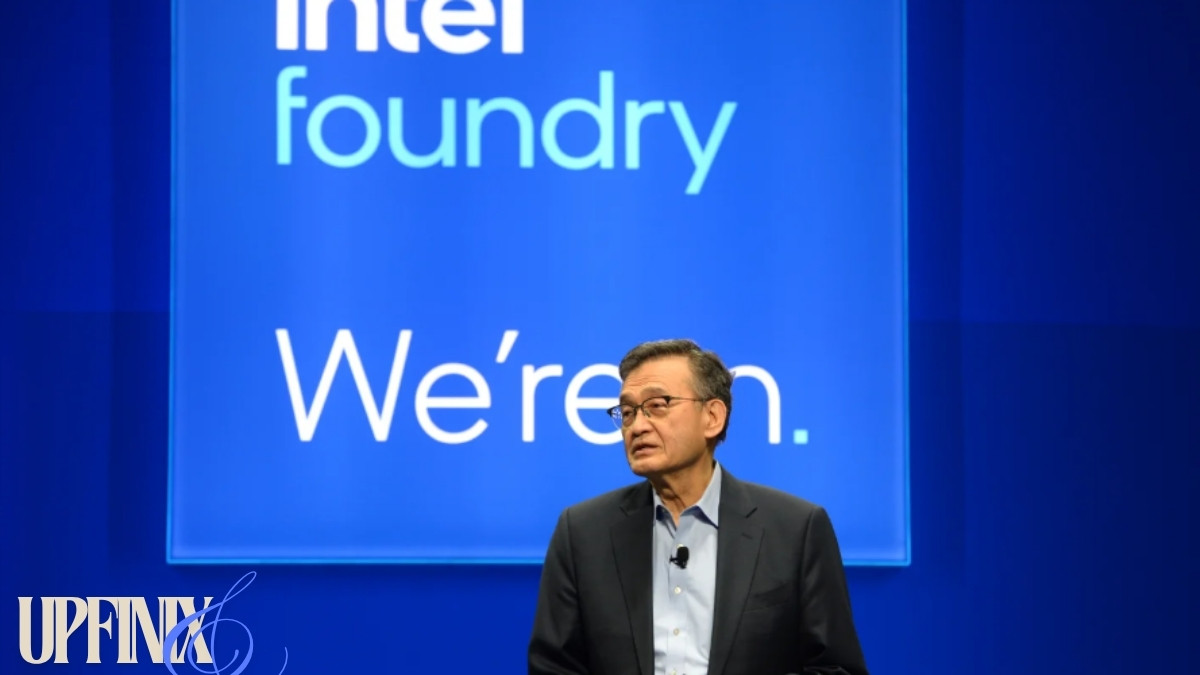Are you wondering how your food stays safe, how farmers thrive, or how rural communities grow? The United States Department of Agriculture (USDA) is the backbone behind these efforts, tackling everything from food safety to sustainable farming. In this comprehensive guide, we’ll dive into what the USDA does, its history, its key programs, and its real-world impact. Plus, we’ll answer your burning questions in an in-depth FAQ section and explore what’s new with the USDA in 2025. Whether you’re a farmer, a consumer, or just curious, this article has something valuable for you.
Table of Contents
What is the USDA?
The USDA is a federal agency that oversees agriculture, food safety, nutrition, and rural development in the United States. Established to support the nation’s farmers, it has grown into a powerhouse that touches nearly every aspect of food production and rural life.
Mission and Vision
The USDA’s mission is to “provide leadership on food, agriculture, natural resources, rural development, nutrition, and related issues based on public policy, the best available science, and effective management.” Its vision? A safe, sustainable, and competitive U.S. agriculture sector that supports rural communities and ensures access to safe, nutritious food for all.
Organizational Structure
The USDA operates through multiple agencies, each with a specific focus:
- Food Safety and Inspection Service (FSIS): Ensures meat, poultry, and egg products are safe.
- Agricultural Research Service (ARS): Drives innovation through agricultural research.
- Rural Development (RD): Funds infrastructure, housing, and economic growth in rural areas.
- Natural Resources Conservation Service (NRCS): Promotes sustainable land use and conservation.
These agencies work together to fulfill the USDA’s broad mandate, making it a vital part of American life.
History of the USDA
The USDA’s story begins in 1862 when President Abraham Lincoln signed it into law, calling it “The People’s Department.” At the time, its focus was simple: help farmers grow food and share knowledge. Over the decades, its role expanded dramatically.
- 1862: Founded to support agriculture during a time when over half of Americans were farmers.
- 1930s: New Deal programs broadened its scope to include rural electrification and soil conservation.
- 1960s: Food safety and nutrition became priorities with the rise of consumer awareness.
- 21st Century: Sustainability and climate resilience took center stage.
Today, the USDA adapts to modern challenges like climate change and technological innovation, staying true to its roots while looking forward.
USDA Programs and Services
The USDA offers a wide range of programs that benefit farmers, consumers, and rural communities. Here’s a breakdown of its key services:
Food Safety
The USDA ensures the U.S. food supply is safe through:
- FSIS Inspections: Rigorous checks on meat, poultry, and egg products at processing plants.
- Pathogen Reduction: Standards to limit bacteria like Salmonella and E. coli.
- Consumer Education: Tips on safe food handling (e.g., cooking temperatures).
Example: In 2023, FSIS tightened poultry safety rules, cutting foodborne illnesses by 15%.
Agricultural Support
Farmers rely on USDA programs like:
- Farm-Service Agency (FSA): Loans and grants for farm ownership and operations.
- Crop Insurance: Protection against weather disasters and market dips.
- Agricultural Research: Studies to boost yields and sustainability.
Case Study: A Kansas wheat farmer used an FSA loan to expand operations, doubling production in two years.
Rural Development
The USDA’s Rural Development agency strengthens rural America with:
- Housing Loans: Affordable mortgages for rural homebuyers.
- Utilities Funding: Broadband, water, and energy projects.
- Business Grants: Support for rural entrepreneurs.
Example: A 2024 broadband project in rural Tennessee connected 5,000 homes to high-speed internet.
Conservation
Sustainability is a priority, with programs like:
- Conservation Reserve Program (CRP): Pays farmers to restore habitats.
- NRCS Assistance: Funds for eco-friendly practices like cover cropping.
Since 1985, CRP has restored over 30 million acres of land.
| Program | Focus Area | Key Benefit |
|---|---|---|
| FSIS | Food Safety | Safe meat and poultry |
| FSA | Agriculture | Financial support for farmers |
| Rural Development | Rural Communities | Infrastructure and housing |
| NRCS | Conservation | Sustainable land use |
Impact of the USDA
The USDA’s work ripples across the U.S.:
- Agriculture: Empowers farmers with tools and funding.
- Food Safety: Protects public health with rigorous standards.
- Rural Growth: Revitalizes communities with infrastructure.
- Environment: Reduces erosion and preserves biodiversity.
In 2024 alone, USDA programs supported 1.2 million farmers and prevented countless food safety incidents, proving its indispensable role.
Frequently Asked Questions (FAQs)
1. What Does the USDA Do?
The USDA is a multifaceted agency that ensures the stability and safety of America’s food system while supporting rural economies. Its core responsibilities include:
• Overseeing food safety through inspections and regulations.
• Providing financial and technical assistance to farmers.
• Funding rural infrastructure like housing and broadband.
• Promoting sustainable agriculture to protect natural resources.
For example, the USDA’s Farm Service Agency offers loans that help new farmers buy land, while its conservation programs incentivize eco-friendly practices. It also runs nutrition programs like SNAP, feeding millions of Americans. Whether you’re eating a burger or living in a rural town, the USDA impacts your life daily. Learn more at USDA.gov.
2. How Does the USDA Ensure Food Safety?
The USDA keeps food safe through its Food Safety and Inspection Service (FSIS), which:
• Inspects over 6,000 facilities nationwide.
• Tests for pathogens like Listeria and Salmonella.
• Enforces accurate labeling (e.g., “USDA Inspected” seals).
• Educates consumers on avoiding cross-contamination.
In 2024, FSIS introduced AI-driven inspection tools, improving detection rates by 20%. This means fewer recalls and safer grocery shelves. Consumers can also access USDA resources, like safe cooking guidelines, to protect themselves at home. It’s a system built on science and vigilance, ensuring every bite is secure.
3. What Programs Does the USDA Offer for Farmers?
Farmers turn to the USDA for:
• Loans and Grants: Low-interest financing for land, equipment, or emergencies.
• Crop Insurance: Coverage for droughts, floods, or price drops.
• Research Funding: Innovations in pest control and crop resilience.
• Conservation Incentives: Payments for sustainable practices
Take the Conservation Reserve Program: farmers earn income by converting farmland into wildlife habitats, benefiting both their wallets and the environment. In 2025, new “Climate-Smart” grants will further support eco-conscious farming. Visit Farmers.gov for eligibility details.
4. How Can I Apply for a USDA Grant or Loan?
Applying for USDA funding is straightforward:
• Explore Options: Check programs like farm loans or rural business grants on USDA.gov.
• Confirm Eligibility: Requirements vary (e.g., income limits, rural location).
• Gather Documents: Financial records, business plans, or proof of need.
• Apply: Online portals or local USDA offices handle submissions.
For instance, a rural entrepreneur might apply for a Rural Business Development Grant to start a small business. Processing times vary, but many programs offer step-by-step guidance. Contact your local USDA office for personalized help.
5. What Is the USDA’s Role in Rural Development?
The USDA’s Rural Development (RD) agency boosts rural life by:
• Funding affordable housing (e.g., single-family loans).
• Supporting utilities (broadband, water, electricity).
• Backing small businesses with grants and loans.
In 2025, RD expanded its broadband initiative, aiming to connect 2 million more rural residents. This builds on successes like a 2023 project in Montana, where RD funding brought clean water to 10,000 homes. These efforts create jobs and improve living standards, proving rural areas aren’t left behind.
6. How Does the USDA Promote Sustainable Agriculture?
Sustainability is at the USDA’s core, driven by:
• Conservation Programs: Payments for practices like no-till farming.
• Research: Developing drought-resistant crops.
• Education: Workshops on soil health and water conservation.
In 2025, the USDA rolled out “Climate-Smart Agriculture Grants,” rewarding farmers for reducing emissions. A Nebraska farmer, for example, used NRCS funds to plant cover crops, cutting soil erosion by 40%. These efforts ensure farming thrives without harming the planet.
Conclusion
The USDA is more than a government agency—it’s a lifeline for farmers, a guardian of food safety, and a catalyst for rural progress. From its 1862 origins to its 2025 innovations, it adapts to meet America’s needs. Whether ensuring your chicken is safe or helping a rural town get broadband, the USDA’s impact is undeniable.
What do you think about the USDA’s work? Drop a comment, share this article, or sign up for our newsletter to stay informed on agriculture and food safety trends!









